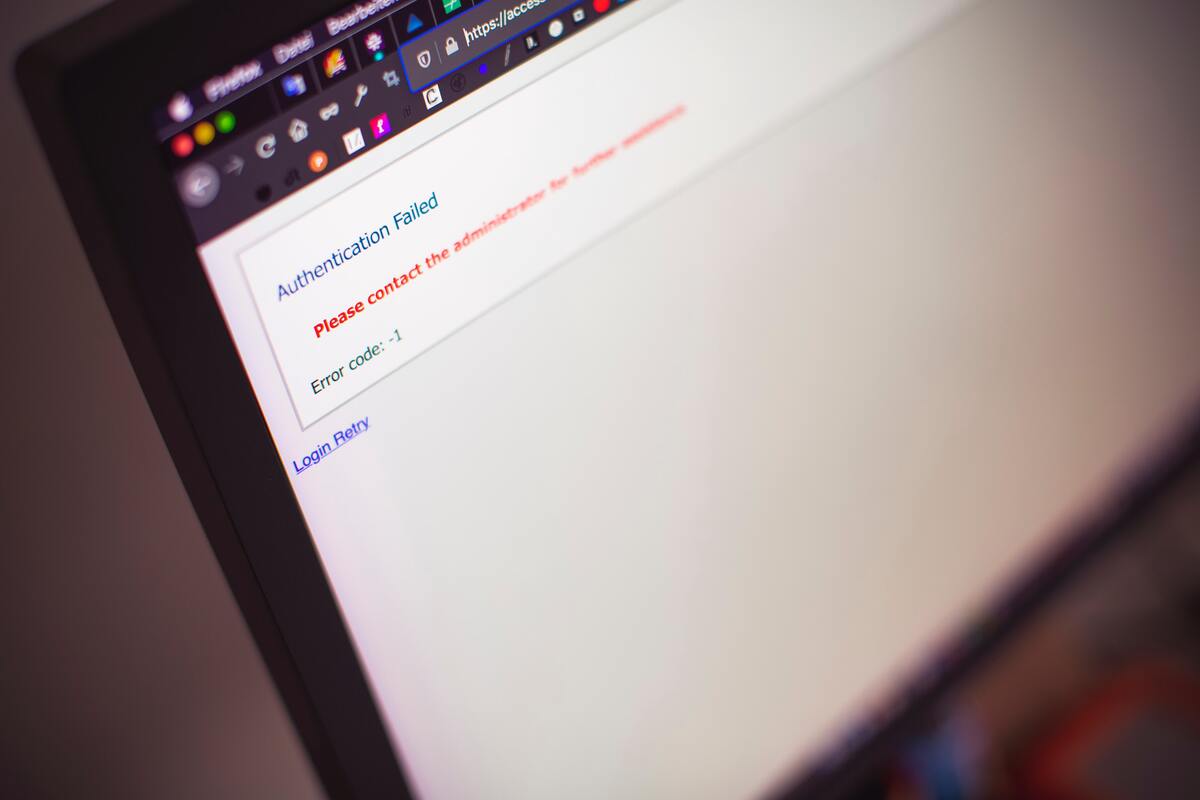What could be more annoying than discovering issues on your website? In this article, we demonstrate how to spot them and, most importantly, eliminate the
Website Contains Annoying Bugs. Acquire The Skills To Crush Them All.
It makes no difference if you create a website for your company, a customer, or personal use—it must be bug-free. In addition to making your website utterly inaccessible, bugs can harm your company’s or your reputation as a website designer. Before launching your website formally, you must fix any flaws. Utilize the tips in this article to make sure your website is bug-free.
How To Make Sure There Are No Bugs On Your Website?
General HTML/ CSS Checking:
To make sure your HTML/XHTML code is error-free, use W3C Markup Validation. Additionally, you can check for broken links, missing titles, and other similar issues or defects using tools like HTML Tidy or Google Webmaster. You can use the CSS Validation Service provided by the W3C to identify compliance issues or errors in your CSS. Utilize CSS Compressor after reviewing the code to hasten page loading. This program will condense the code into a single line to speed up loading.
Mobile testing:
Your website must be accessible from all mobile devices because that is how most people access the internet.
Which gadgets are compatible with your website can be found using Google Analytics. Browser add-ons that emulate mobile devices can be used to evaluate your website.
You might hire a trial team to test your website across various devices as a cost-effective testing method.
Check that all buttons and fonts are simple to use, that there is no horizontal scrolling, and that all images and content be accessed on mobile devices.
Performance testing:
Your website needs to be load-resistant, user-friendly, and secure (which we’ll cover later).
Ensure your website can survive high traffic levels because websites have been known to crash because of excessive traffic. If a website needs to handle multiple users continuously, concurrency testing should be carried out while various users simulate login sessions.
Run endurance tests to determine whether the website can handle a heavy workload. To calculate the loading time, use limited network coverage.
Accessibility testing:
The standards established by W3C guarantee that website applications for people and organizations must be accessible to everyone, including people with disabilities.
- Ensure that all of these requirements, including Sections ADA and 508, are followed by your website.
- It is important to test the website’s scalability so that users can read the fonts and graphics when they are enlarged.
- Use screen reader tests to check that users who are blind or have limited vision can use a screen reader to browse the website.
- Make sure a keyboard is all you need to use the website.
- For persons who are deaf, media content ought to have captions.
Cross-browser testing:
Do you recall when Internet Explorer was the only available online browser? It isn’t the case anymore, so you must ensure that your application works properly with other browsers like Opera, Safari, Firefox, and Google Chrome.
While you may wish your website worked with every browser out there, focusing on the most widely used ones is recommended.
Early on, you should evaluate your website’s functionality across several browsers using a cross-browser compatibility tool.
Run unit and performance tests one more when your site is ready after the set has been fully finished.
Security testing for website login:
Security testing is a need for websites that use online banking, shopping, and other services where customer data must be kept private.
- Verify the enforcement of the account locks for repeated User ID and password failures.
- Avoid automated logins by using CAPTCHA or OTP verifications.
- Examine the cookies’ and caches’ encryption
- Once the user logs out, ensure the back button ends the session.
Documentation testing:
This test is necessary to ensure that the application adheres to the standards and specifications established by the client. After extensive testing and bug-free operation, the website is officially launched.
Beta testing (by real users):
Beta testing is the last test you should do. Once the website has been released, actual users carry out this. Assessing usability and identifying any weak points will help check for any overlooked faults and get feedback from real-time users.
Most common bugs:
Browser adaptability:
As mentioned, you must ensure that your website is compatible with the most widely used web browsers.

Authentication fields:
You must make sure that your website stays within the maximum file length. Additionally, ensure that no prohibited characters are used in the authentication sections on your website. Don’t provide each field, like a zip code or phone number, more than a certain number of characters.
Button clicks that can cause the app to crash:
This problem is often present in most mobile apps and is a ticking time bomb. It frequently hides behind buttons that users do not typically press, yet it can nevertheless obstruct the app’s operation. Both developers and testers frequently fail to see these buttons. These issues are frequently discovered in the account settings or the profile editing mod.
Software-to-end user communication error:
Your users must be able to find all the necessary information even if your software is not user-friendly. Ensure your users can easily navigate the app, paying specific attention to the homepage and help areas.
Date control:
Flaws have been discovered in forms used for profile modification connected to date control for those apps (like dating apps) where age limitation is required. An analysis of boundaries can be used to enhance this feature. Make sure the test is configured to test your app’s date control.
Resolution and page layout:
Use those for your testing procedure to see if your website layout will work with different screen sizes. Determine which devices and internet browsers the bulk of your target audience will be utilizing.
Make a bug report:
Note the following in each bug report:
- What did you anticipate to happen?
- The user’s activities at the time the bug occurred
- and what exactly transpired when the error happened.
The Flaw In Your Case Tracking System Is As Follows:
Utilize a case tracking system to keep track of your progress and the people to whom you have assigned each job and test.
Find The Error Message Online:
When you Google the error message, you might find out what bugged you or get a search query for more investigation.
Determine The Precise Line Of Code Where The Error Appears:
Run the program in the IDE while ensuring the debugger is turned on to look for flaws causing the app to crash. You can identify the issue by looking at the line of code where it stops. “Tracer bullets” can also help you find the bug.
Determine The Specific Line Of Code Where The Error Occurs:
A debugger can analyze the stack trace, which lists each function from the program’s beginning until its conclusion.

Determine The Type Of Error:
Here is a list of the most widespread bug species:
- Varchar has 33 characters (32)
- Tasks as opposed to comparisons
- Bad work
- Index and buffer overflow Out-of-range
- The production environment did not experience any coincidences from the development environment.
- Combining strings and numbers
- Incorrect configuration or constants
- Unreliable state
- Programmer Error Off-By-One
- Racial context
- Unanticipated null
- Incorrect accuracy
Apply The Method Of Elimination:
If the bug is not present in any lines, a unit-testing framework is used to locate it and run the exact parameters that caused it. Disable each component separately if it affects a system of components rather than a single one. Start adding back each one until the bug reappears, starting with the bare minimum of functionality. Repeating step 3 can frequently solve the bug. If not, the procedure could be easier.
Record Everything, Then Examine The Logs To Identify The Root Cause:
Look over each module or component, adding logging statements as you go. After then, examine the logs until you see that the error keeps happening. Continue including logging statements if the log cannot pinpoint the source. If you can identify the issue, return to step three; otherwise, you might need to involve a third party.
Ensure That The Hardware And The Platform Are Not The Problems:
To see if they are causing any problems, try replacing the entire server, workstation, RAM, and hard drives. Consider doing the service pack’s installation and removal.
The operating system, runtime, or hardware is at fault if the problem is fixed. Since malfunctioning technology is frequently to blame, this might even be among the initial steps.
Replace cables, examine switches, and try running the software on a different network for those programs that operate on network 1/0.
Examine The Correlations Of The Errors:
Examine the associations carefully using the following criteria:
- Does the mistake happen every day at the same time? If so, look at the tasks and cron jobs that are active now.
- Is the bug present when a different process consumes all of the memory?
- Does the issue always occur at the same time as another function? (even if it seems unlikely? Examine each procedure/function to see if they might interfere with one another and result in the bug.
- Is there a pattern among the users or machines that the bug affects?
Why Should You Use A Professional To Fix Your Bugs?
A qualified tester or bug fixer will have the expertise and abilities to identify and address the problem accurately.
A QA team comprises developers, product managers, designers, and other professionals who can effectively address the issue. A third party will be impartial and courteous when dealing with your website or software. Someone who makes it their profession to fix problems will approach them from a user’s viewpoint instead of a creator’s.
If there are any bugs, a third party will be able to find them. They will have the opportunity to “deep dive” into your application and look at it from all sides.
Getting Someone To Fix The Bugs On Your Website:
If you are not an expert web developer, it is preferable to hire someone to fix the issues on your website to guarantee that everything works as intended and that the structure of your website is safe. Hiring a freelancer is the least expensive choice because you don’t have to pay for any benefits and may employ them as needed.



